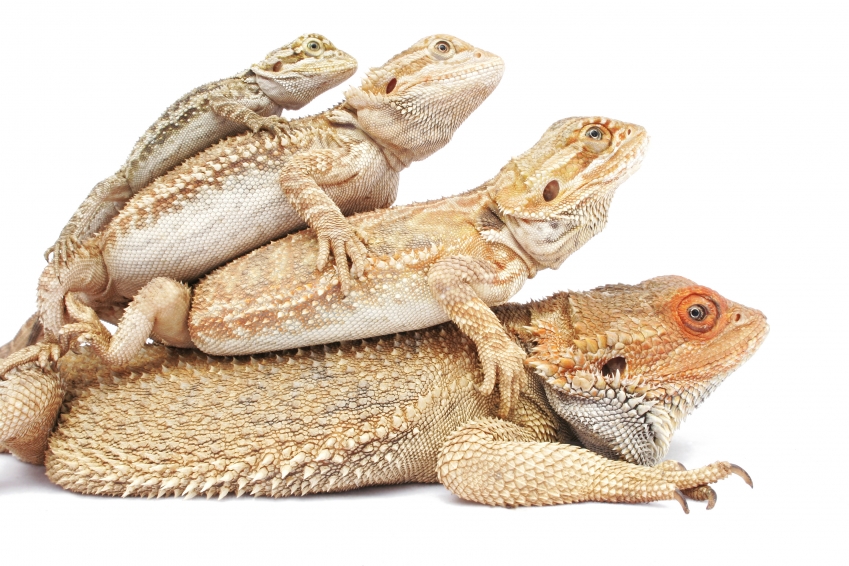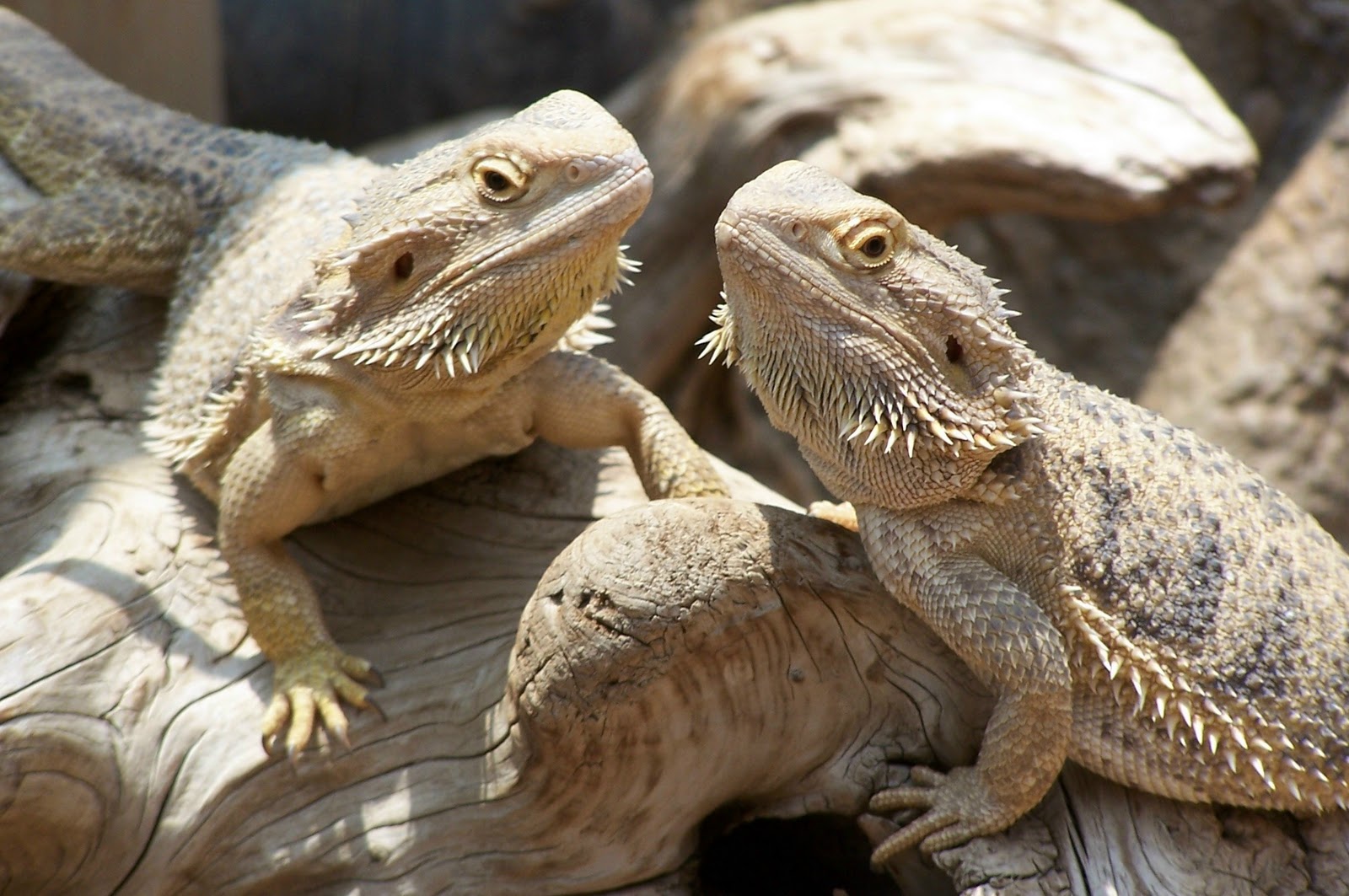How to Care for a Red Baby Bearded Dragon: A Complete Guide for Beginners
Introduction
Bearded dragons are popular pets among reptile lovers, and the red baby bearded dragon is one of the most coveted variants. Not only are they beautiful, they are also friendly and easy to care for. If you’re a beginner looking to own a bearded dragon, a red baby bearded dragon might just be the perfect pet for you. In this article, we’ll show you everything you need to know to care for your red baby bearded dragon properly.
What is a Red Baby Bearded Dragon?
The red baby bearded dragon is a variant of the bearded dragon species that is bred specifically for its red coloration. Baby bearded dragons are usually around six to eight inches long and are typically sold when they are between six and eight weeks old. Adult red bearded dragons can grow up to two feet in length.
Housing
A red baby bearded dragon needs a spacious enclosure that can accommodate its size when it grows into an adult. A 40-gallon tank is usually enough for a single adult bearded dragon. Include a basking spot with a temperature of 100 to 110 degrees Fahrenheit, as well as a cool side with a temperature of 70 to 80 degrees Fahrenheit.

Line the bottom of the enclosure with reptile carpet or paper towels for easy cleaning. Avoid using loose substrates, such as sand or gravel, as bearded dragons may ingest them and develop impaction. Provide hiding spots, such as rocks or logs, for your red baby bearded dragon to retreat to when it wants to rest or feel secure.
Lighting and Heating
Red baby bearded dragons need access to both UVB light and heat to stay healthy. Install a UVB light fixture above the basking area, as UVB light is essential for the bearded dragon’s calcium metabolism. Use a basking lamp to provide heat and create a temperature gradient within the enclosure. Turn off all lights at night to simulate the natural day-night cycle.

Diet
Bearded dragons are omnivorous reptiles, meaning they eat both plant and animal matter. Feed your red baby bearded dragon a variety of insects, such as crickets, mealworms, and dubia roaches, as well as fresh vegetables, such as collard greens, mustard greens, and butternut squash. Provide fresh water in a shallow dish at all times.

Handling
Red baby bearded dragons are docile and easy to handle. However, it’s important to support their entire body when picking them up, as they can become skittish or stressed if they feel unsupported. Handle your bearded dragon gently and regularly to build trust and establish a bond. Always wash your hands before and after handling your bearded dragon to prevent the spread of bacteria.
Common Health Issues
Red baby bearded dragons are generally healthy and hardy reptiles. However, they can be prone to certain health issues if not cared for properly. Watch out for signs of metabolic bone disease, such as swollen limbs and difficulty moving. This is usually caused by a lack of calcium and/or UVB light. Other common health issues include impaction from ingesting loose substrates and respiratory infections from poor husbandry. Consult a reptile veterinarian if you notice any unusual behavior or symptoms.
Conclusion
Red baby bearded dragons make great pets for beginners and experienced reptile owners alike. With proper care and attention, your red baby bearded dragon can live a long and healthy life. Remember to provide a spacious enclosure with UVB lighting and heat, a varied diet of insects and vegetables, and regular handling to build a bond with your pet. Follow these tips and you’ll have a happy and healthy red baby bearded dragon in no time!
